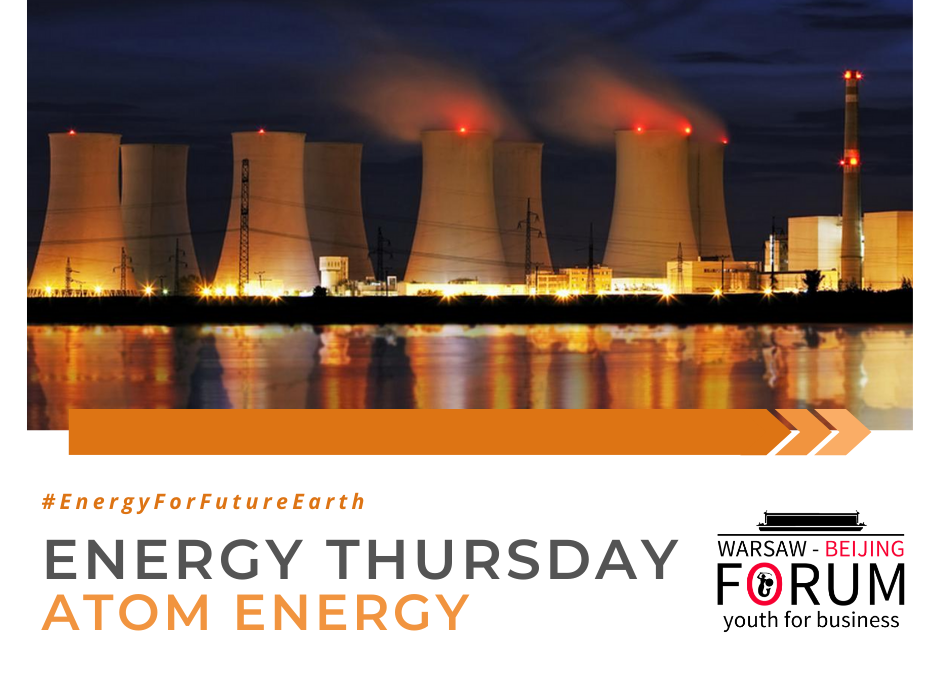Throughout the years there has been a constantly rising demand for the nuclear power in China. Diversified energy sources are the key to decrease air pollution, since most of mainland China’s electricity is produced from coal. Therefore the impetus for nuclear power has made China largely self-sufficient in the field of reactor design and construction.
Nowadays, there is a remarkable shift away from nuclear energy to renewable energy sources and wind energy, but China is still heavily investing in nuclear projects. The International Energy Agency (IEA) notes that since 2012, China has been the country with the largest installed power capacity, and it has increased this by 85% since then to reach 2011 GWe in 2019, which accounts for about a quarter of global capacity.
Mainland China has about 45 nuclear power reactors in operation, 12 under construction, and more scheduled to be built in the near future. The government’s long-term target, as outlined in its Energy Development Strategy Action Plan 2014-2020, is for 58 GWe capacity by 2020, with 30 additional GWe under construction. In October 2018 the NDRC’s Energy Research Institute said that China’s nuclear capacity must increase to 554 GWe by 2050, if the country is to play a part in limiting the global temperature rise to below 1.5 °C. The share of nuclear power in the China’s energy mix would thus increase from 4% to 28% over this period. The study said that assuming an all-in cost of CNY 20,000 (approximately $3000) per kW of capacity in large plants, an investment of more than CNY 8.7 trillion ($1.3 trillion) would be required. Based on capacity additions made over the past few years, the total investment demand to 2050 was considered to be feasible.
China has announced advancement in its plans to create a nuclear fusion device known colloquially as an “artificial sun”. The Experimental Advanced Superconducting Tokamak (EAST) will reach temperatures of up to 360 million degrees Fahrenheit. The extremely high temperatures and fusion of the nuclei of two or more atoms lead to generating energy. EAST is proof of concept for a larger plasma fusion reactor. Because of the way they’re designed, tokamaks tend to throw the hottest, most energetic particles outside of their cores. EAST is supposed to maintain that heat by itself, and its researchers have reached plasma states for tiny intervals of time during the last 13 years. The goal is to have a more stable, constant plasma reaction. Scientists hope to bring tokamaks out of research labs and into the world of commercial energy.
Author:
Magdalena Gaca


Recent Comments